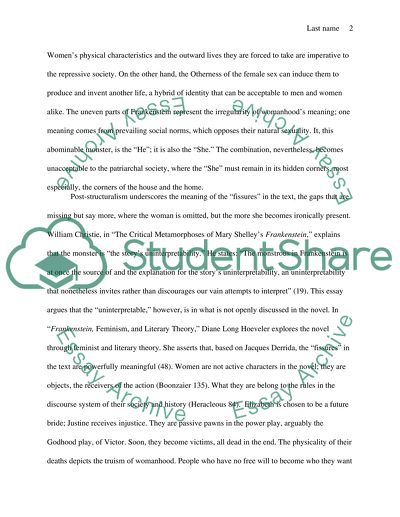Cite this document
(“Consider Mary Shelley's Frankenstein. In what ways can the novel be Essay”, n.d.)
Retrieved from https://studentshare.org/literature/1465859-consider-mary-shelley-s-frankenstein-in-what-ways
Retrieved from https://studentshare.org/literature/1465859-consider-mary-shelley-s-frankenstein-in-what-ways
(Consider Mary Shelley'S Frankenstein. In What Ways Can the Novel Be Essay)
https://studentshare.org/literature/1465859-consider-mary-shelley-s-frankenstein-in-what-ways.
https://studentshare.org/literature/1465859-consider-mary-shelley-s-frankenstein-in-what-ways.
“Consider Mary Shelley'S Frankenstein. In What Ways Can the Novel Be Essay”, n.d. https://studentshare.org/literature/1465859-consider-mary-shelley-s-frankenstein-in-what-ways.


